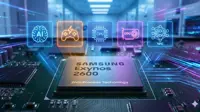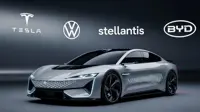Ericsson reveals insights into consumers' perceptions of VR/AR merger
23 Jun 2017
Seven out of 10 people believe that virtual reality (VR) and augmented reality (AR) will become mainstream in media, education, work, social interaction, tourism and retail.
According to an Ericsson ConsumerLab report titled Merged Reality, Ericsson revealed insights into how consumers expected virtual reality (VR) and augmented reality (AR) to merge with physical reality, and that 5G would emerge as a key technology for such experiences to become mainstream.
Consumers expect virtual screens to replace televisions and theatres in less than a year.
For the merger of VR and AR with physical reality and their becoming mainstream, 5G was crucial to provide mobility, improve social experiences and address nausea concerns.
The report further revealed that when people's perception of physical and virtual reality started it could have a drastic impact on lives and society, changing the way humans lived, worked, and consumed information and media.
Realities will not merge if the user was tethered to a computer or cut off from physical reality. Early VR/AR adopters expect next-generation networks like 5G to play a central role, with 36 per cent expecting 5G to provide VR/AR mobility through a stable, fast and high-bandwidth network. Also 30 per cent of early adopters expected 5G to enable tethered headsets to become wireless.







.webp)














